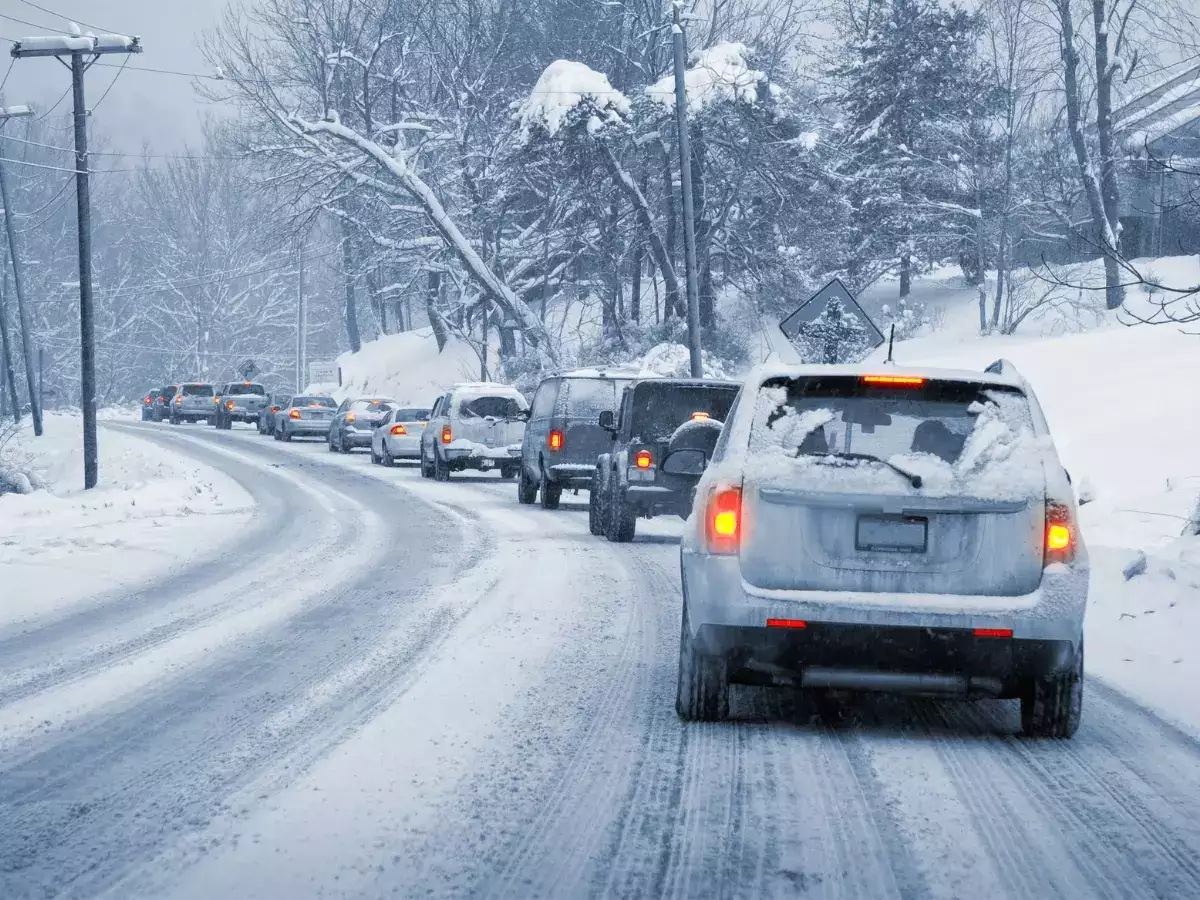
Smooth Travels: Unraveling the Secrets of Road Weather Management
Introduction:
As we hit the road, we often encounter different weather conditions that can make our journey a bit tricky. But what if there was a way to make our travels smoother, especially when the weather decides to play its part? Enter Road Weather Management – the magic wand that helps us navigate through rain, snow, and sunshine with ease.
1. What is Road Weather Management?
Road Weather Management is like having a personal weather assistant for our highways. It’s all about using smart technology to keep our roads safe and drivable, no matter what the weather throws our way. From rain to snow, and everything in between, Road Weather Management has got our back.
2. Sensors and Smart Roads: Eyes on the Weather
Ever wonder how the roads “know” it’s going to rain or snow? Road Weather Management uses sensors placed on the roads that act like little weather eyes. These sensors detect changes in temperature, humidity, and even the road surface, giving us a heads-up about what weather conditions to expect.
3. Salt and Brine: Winter's Secret Weapons
When winter brings snow and ice, Road Weather Management fights back with some secret weapons – salt and brine. These substances are spread on the roads to melt the snow and prevent ice from forming. It’s like a protective shield that keeps our roads safe for driving.
4. Traffic Lights that Adapt: Smart Signals for Safety
Imagine if traffic lights knew it was slippery on the roads. With Road Weather Management, they can! Smart traffic signals can adapt to the weather conditions, adjusting their timing to keep traffic flowing smoothly and safely, even when the roads get slippery.
5. Weather Warnings: Keeping Drivers Informed
Road Weather Management doesn’t just work behind the scenes; it also keeps us, the drivers, in the loop. Weather warnings and updates are sent out, giving us information about road conditions ahead. It’s like having a friendly reminder to drive carefully when the weather gets a bit tricky.
In conclusion, As we hit the road, Road Weather Management becomes our travel companion, making sure our journeys are safe and stress-free. With sensors, salt, and smart signals, it’s like having a team of weather wizards working to keep our roads in top shape. So, whether raindrops fall or snowflakes dance, Road Weather Management ensures our travels stay smooth, no matter what the weather has in store.

1. Case Study: Norwegian Public Roads Administration's Winter Road Maintenance
overview
Norway, known for its challenging winter weather, employs an advanced road weather management system to tackle snow and ice on its roads.
Implementation:
- Advanced Road Weather Stations:
- Norway has an extensive network of road weather stations that provide real-time data on temperature, humidity, and road surface conditions.
- These stations are strategically placed across the country, allowing authorities to monitor and respond to changing weather conditions.
- Dynamic Use of Salt and Brine:
- Norway uses a combination of traditional salt and liquid brine to combat icy road conditions.
- The system dynamically adjusts the mix based on the real-time conditions, optimizing the effectiveness of de-icing and preventing the formation of ice on the roads.
- Public Communication and Collaboration:
- The Norwegian Public Roads Administration communicates weather conditions and road status to the public through various channels.
- Collaboration with meteorological services and public communication ensures that drivers are well-informed and can adjust their plans based on weather forecasts.
Results:
- Norway’s proactive approach to winter road maintenance has significantly reduced accidents and disruptions caused by snowy and icy conditions.
- The dynamic use of salt and brine, coupled with real-time weather monitoring, ensures efficient road safety measures during winter.
2. Case Study: Minnesota Department of Transportation's RWIS System
overview
The Minnesota Department of Transportation (MnDOT) in the United States employs a robust Road Weather Information System (RWIS) to enhance road safety during adverse weather conditions.
Implementation:
- RWIS Stations for Data Collection:
- MnDOT has deployed RWIS stations across the state, collecting data on temperature, pavement conditions, and visibility.
- These stations provide continuous, real-time information, enabling timely responses to changing weather patterns.
- Anti-Icing Technologies:
- MnDOT utilizes anti-icing technologies, including liquid salt brine application, to prevent the formation of ice on road surfaces.
- This proactive approach helps maintain safer driving conditions during winter weather.
- Smart Traffic Management:
- The RWIS data is integrated into traffic management systems, allowing for dynamic adjustments to traffic signals and speed limits based on current weather conditions.
- Smart traffic management ensures a smoother flow of traffic and reduces the risk of accidents during inclement weather.
Results:
- MnDOT’s RWIS system has proven effective in improving road safety during adverse weather conditions.
- By integrating weather data into traffic management, the department enhances overall transportation safety, minimizing the impact of winter weather on road users.
